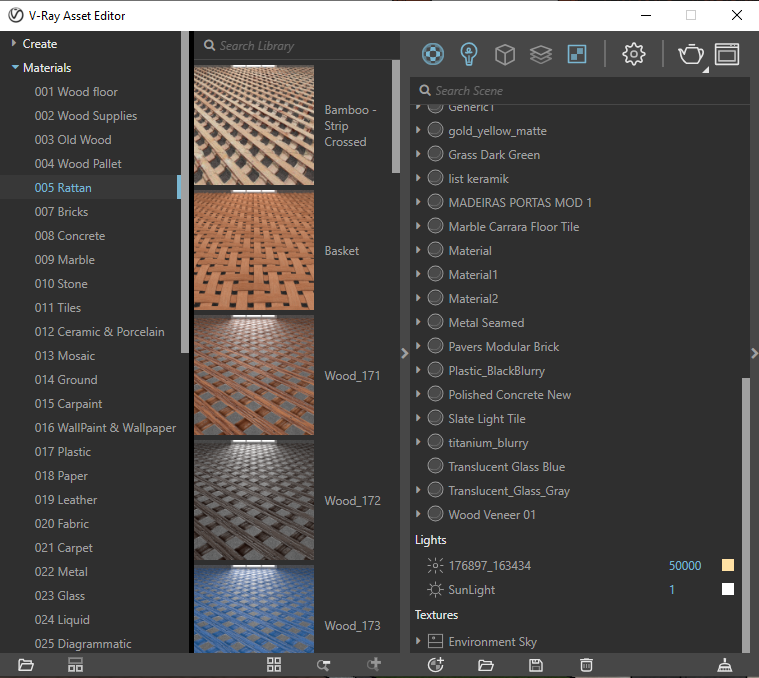


Note that the first time the Preset Material Library is opened during a new Revit session, V-Ray connects to the Chaos servers to validate the completeness of the downloaded assets and check for updates. V-Ray 5 for 3ds Max and V-Ray 5 for Rhino. If a previous installation of V-Ray 5 for 3ds Max is detected, the Preset Material Library will be saved in the already specified location.Īsset files are shared between other V-Ray products if they are also installed on the system, e.g. Once the download is complete, the library assets remain permanently available. The assets are saved in \Documents\V-Ray Material Library\ on Windows or ~/Library/Application Support/ChaosGroup/V-Ray Material Library on macOS. Note that you need about 8.5 GB of free disk space to download it. (or a 1TB ssd for 100€ now, not so long ago it would have been 250GB or 500GB).The first time you open the left panel of the Asset Editor after installing V-Ray for Revit, you will be presented with the option to download the Preset Material Library.

Now that gives you a 4TB regular harddrive. I've always spent about a 100€ on a harddrive. And it's not like ssd's are costing similar to regular harddrives. Maybe I'm old skool but I've always had a programs harddrive (usually as fast as possible within the budget available) and a data harddrive. This is more of a general comment but I really don't understand why more and more companies (who work in sectors that have high data levels) seem to be using the user documents folder as a standard place to save large amounts of data. VladoCould you add an option menu to the installer when a new update is released? ("save to" or "set path" or something similar) Would make it easier and something a lot of other programs do. Another approach is to specify a network path for the library in the installer when running the installation on all nodes - then only the first install will download the library, the rest will just use what's already there, but will still set up the paths appropriately.


 0 kommentar(er)
0 kommentar(er)
